John Hurrell – 13 May, 2016
My favourite works are the doublestacked canvases, circular, or square but hung as a diamond, on unprimed or primed linen. I like the pun here on layering as a reference to the paint that could be added, or artists looking at painting ‘through' other paintings. The archaeology of cumulative (ultimately ‘historical') meaning.
Auckland
Julian Dashper
Julian Dashper again and again, again
Initially curated by Mark Kirby and Julian Dashper
4 May - 4 June 2016
An expanded version of a wall Julian Dashper - ten years ago - prepared for Julian Dashper again and again (curated by Mark Kirby for Aratoi Wairarapa Museum of Art and History), this wider Lett wall presents 42 varied smaller items, multiples made between 1986 and 2006. With every article precisely positioned against the huge white horizontal rectangular backdrop, it looks like a huge painting. Compositionally its arrangement of interconnected relief elements looks extremely elegant.
Pondering the sorts of work Dashper included on this big white plane, there are several circular Nolandesque drumskins, a couple of drums themselves projecting from the wall, and symbols for rowdy ‘noisy’ artworks that try and outshout all others in the room. There are framed circles on paper or canvasboard, some cut out of mdf or made of stretched linen and double stacked, and there are recordings on CDs that - like the drums - we cannot hear.
Then there are the references to the sociology of the art world or the art ‘system’ (and artworld-as-cult critiquing artists like Peter Tyndall), where suspended lines of linked plastic chain (or linked gold frames) dangle from the wall. And the Burenesque wrapping paper/deck chair/awning striped patterns that speak of art’s adaptability to fit any occasion, that waves to painters like Gene Davis. Conspicuous too are two wildly imaginative references to Pollock in kitschy chocolate / orange drape material from the seventies, and black / white.
There are also cedar stretchers with corner protectors (symbols for the vulnerability of art), large protective corner pockets that cover thin firm panels, a wee wooden stretcher wedge that hides in a corner, and squeezed (slightly elongated) circles and rectangles with rounded corners. Plus rightangles of frames and a tiny plastic-covered stretcher cube. And the well known Cass and Simone photographs.
My favourites are the doublestacked canvases, circular, or square but hung as a diamond, on unprimed or primed linen. I like the pun here on layering as a reference to the paint that could be added, or artists looking at painting ‘through’ other paintings. The archaeology of cumulative (ultimately ‘historical’) meaning.
There is much to think about here, and to help us, the indefatigable writer and curator Robert Leonard is giving a talk about this show at Michael Lett’s - tomorrow afternoon (Saturday) at one. A special occasion.
John Hurrell

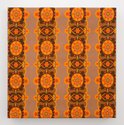


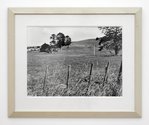
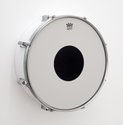
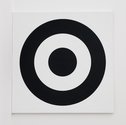
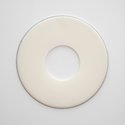
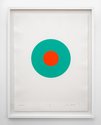



 Two Rooms presents a program of residencies and projects
Two Rooms presents a program of residencies and projects Advertising in this column
Advertising in this column



This Discussion has 0 comments.
Comment
Participate
Register to Participate.
Sign in
Sign in to an existing account.